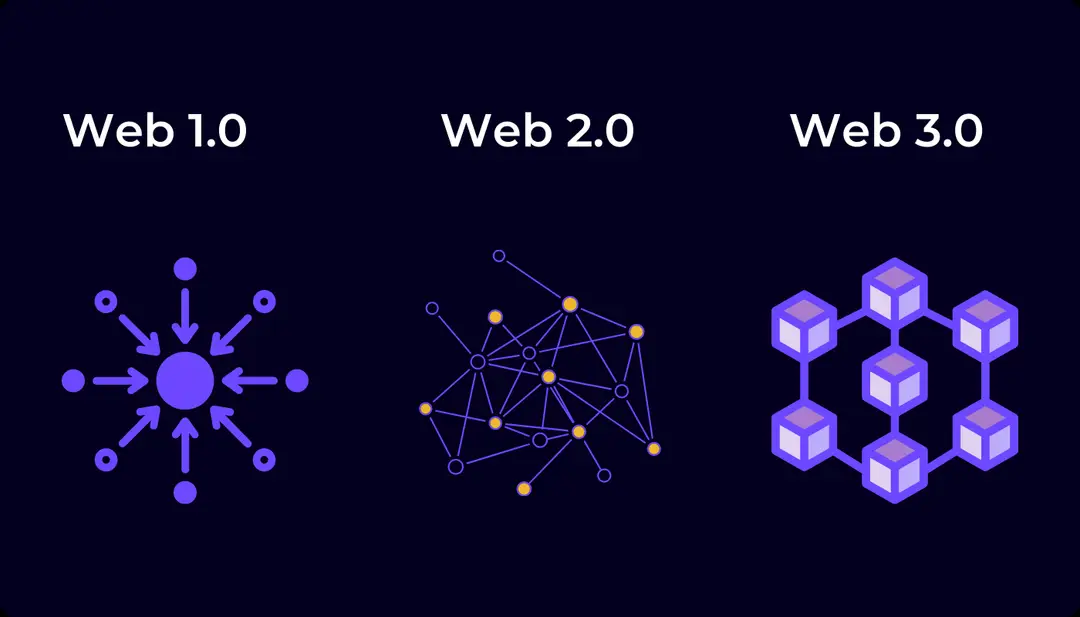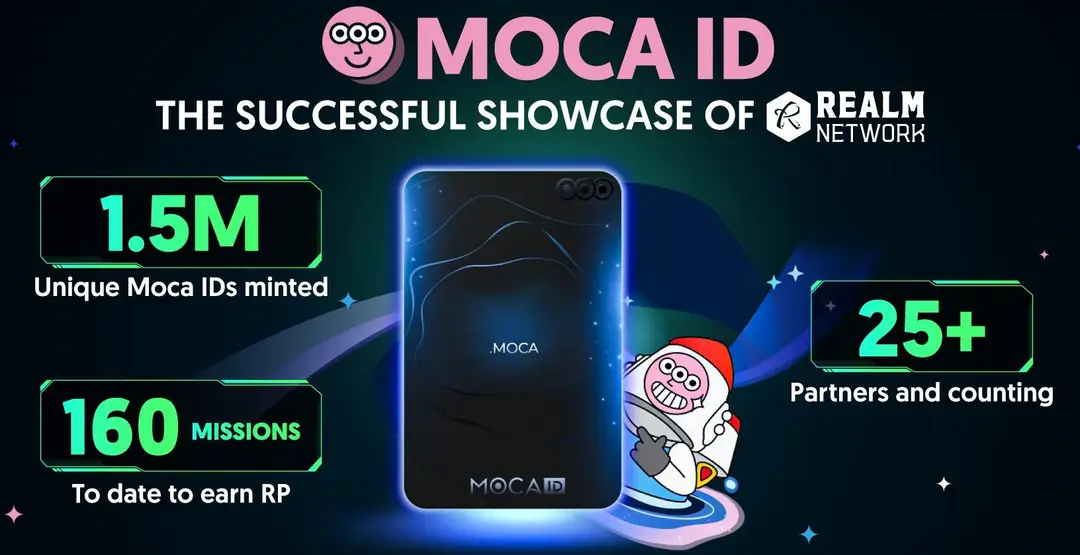Back
NTU MOOC Study Notes - Session 8 The Latest Innovation Cases in Web3
Study Notes
By HackQuest
Jul 23,20244 min readDate: 9-10:30 AM SGT, July 23rd 2024 / 9-10:30 PM EST, July 22nd 2024
Session Title: The Latest Innovation Cases in Web3
NTU I&E x HackQuest MOOC is free and open to all individuals interested in Web3. The MOOC is led by top voices in crypto including Yat Siu (Co-founder, Animoca), Ed Felten (Co-founder, Offchain Labs), Sergey Gorbunov (Co-founder, Axelar), Scott Moore (Co-founder, Gitcoin), Haider Rafique (CMO, OKX), Austin Griffith (Developer Onboarding, Ethereum Foundation), Anna Yuan (Stablecoins Lead, Solana Foundation), and many more. For those who prefer having a text summary and review material, this study note provides a recap of what’s covered during the MOOC. Happy learning!
Overview
Main Topic: Understanding the latest innovations and applications in the Web3 ecosystem.
Objectives:
1.Learn about the fundamentals and advancements in Web3.
2.Understand the various innovative cases in Web3.
3.Explore key concepts and real-world applications of decentralized technologies.
Section 1: Introduction to Web3
1.1 What is Web3?
Definition: Web3 is the next evolution of the internet, emphasizing decentralization, blockchain technology, and token-based economics.
Web3 is not just about technology, it's about creating new business models and rethinking traditional ones.
1.2 Web2 vs Web3
●Comparison: Web2 (centralized platforms) vs Web3 (decentralized, user-centric platforms)

●Innovation: Ownership of digital property rights.
💥
In Web3, users have ownership and control over their data and digital assets, which is a fundamental shift from Web2.
Section 2: Latest Innovation Cases in Web3
2.1 Overview of Animoca Brands & Tokenizing Culture
●Introduction: Animoca Brands started as a mobile gaming platform and transitioned into Web3 in 2020.
●Growth: They have invested in over 400 companies, focusing on gaming, infrastructure, DeFi, and AI.
●Service Arm: Created to provide services to their portfolio companies, facilitating an interconnected ecosystem.
"We are tokenizing culture, using Web3 to create sustainable and profitable models for various cultural sectors."

2.2 Gaming: RackLeague
●Innovation: Combining Web2 and Web3 gaming. Web3 users can own in-game items as NFTs, while Web2 users can participate through traditional means.
●Economic Model: Web2 users make in-app purchases that benefit Web3 NFT owners.
●RackLeague allows players to own, trade, and sell their in-game assets as NFTs. This creates a player-driven economy where assets have real-world value.
We created this dynamic where if you're enthusiastic about a game, if you want to be part of that success, then you can be a co-owner through holding that NFT.
2.3 Community Projects: Bored Apes Yacht Club (BAYC)
●Innovation: Decentralized ownership and brand development.
●Applications: Licensing opportunities, brand expansions like restaurants and merchandise.
●BAYC has successfully created a strong community around their NFTs, leading to real-world applications like themed events, exclusive memberships, and collaborations with other brands.
2.4 Music: Chorus AI
●Innovation: Monetizing remixes and IP rights through NFTs.
●Applications: Artists can sell remixes and clips as NFTs, with revenue shared among creators.
●Chorus AI uses blockchain technology to ensure that artists retain control over their work and receive fair compensation for remixes and derivative works.
2.5 Art: Co-Museum
●Innovation: Tokenizing and fractionalizing ownership of high-value items like art and antiques.
●Applications: Allows multiple owners to share ownership of valuable items.
●Co-Museum enables art collectors to invest in high-value artworks by purchasing fractions of the pieces. This democratizes art investment and allows for greater liquidity in the art market.
2.6 Education: OpenCampus
●Innovation: Supporting teachers and educators through publisher NFTs.
●Applications: Monetizing educational content, creating a sustainable model for content creators.
●OpenCampus provides a platform for educators to publish their content as NFTs, allowing them to monetize their work directly. This creates a more sustainable and rewarding model for content creators in the education sector.
2.7 Tokenize Network Effect
●Innovation: Use Moca ID as a personal identity for web3 that users can transfer points from games to music and to DeFi.
●Application: Encourage user engagement and form a loyalty program.
●Network effect enables transferring customers from one point to another, similar to how Star Alliance works.

Section 3: Future Trends and Considerations
3.1 Web2 Migration: Building web3 from strong web2 foundation
●Trend: Increasing movement from Web2 to Web3 as companies and users seek the benefits of decentralization and ownership.
●Example Animoca projects:
●180 million MAU access onefootball.com
Launching fan token that uses incentive to bring together fans, clubs and leagues
●100 million active users on chess.com
Launching an on-chain chess game that accelerate reward and engagement
3.2 AI and Web3 Integration
●Trend: Combining AI with Web3 to enhance applications and user experiences.
●Example: TinyTap AI helps teachers and parents to create courses in one click
AI-generated courses can be minted into Publisher NFTs and sold in $EDU on Open Campus
3.3 Regulation and Stablecoins
●Trend: Growth in regulatory frameworks supporting Web3 and the increasing adoption of stablecoins for transactions.
💥
Spring for stablecoins is coming, as regulatory markets become more supportive.
3.4 Web2.5 and Beyond
●Trend: Bridging the gap between Web2 and Web3, creating hybrid models that leverage the strengths of both ecosystems.
●Example: Telegram TON with 900 million MAU as a starting point for Web3 applications.
Q&A Session
1.Q: What brought you to Animoca Brands among other opportunities?
A: My involvement in the first wave of NFTs, combined with my background at Tencent and WeChat, made me realize the transformative power of Web3. At Tencent, I received several pitches related to blockchain, but the technology was still immature. By 2019, I saw significant potential in Web3 and helped some artist friends launch NFT projects. This experience convinced me not to miss the Web3 revolution. Animoca Brands, with its global presence and mission to tokenize culture, aligned perfectly with my interests and made it a compelling choice for me.
1.Q: What are your thoughts on Story Protocol?
A: Story Protocol aims to tokenize IP (intellectual property) and create programmable IP Legos, similar to what Chorus AI is doing in the music space. The idea is to build a playground or ecosystem where various IPs can interact and collaborate. The founder is a serial entrepreneur and an alum of mine from Oxford. Story Protocol's approach to creating a programmable IP ecosystem is powerful and has great potential. Success will depend on attracting creators and bringing valuable IPs into the ecosystem.
1.Q: Thoughts on attestation versus NFTs to demonstrate true ownership and credibility?
A: The industry still faces challenges in verifying authenticity and avoiding counterfeit items. It is easy for someone to create similar-looking NFTs or tokens, making it hard to distinguish between authentic and fake ones. Trusted authorities and validation systems are necessary but not fully developed. The industry has room to improve in this area, and people need to be cautious and identify trusted sources for validation.
1.Q: Which blockchain ecosystem do you recommend for building projects?
A: The landscape has changed significantly, offering more options beyond just Ethereum and Solana. For gaming, Immutable is a good choice, while other chains like Base offer different advantages. LayerZero's OFT standard allows for easier cross-chain integration, enabling projects to operate across multiple chains. However, it's important to build liquidity pools and communities on chosen chains. While multi-chain solutions are becoming more feasible, initial efforts should focus on establishing a strong community and investor base on a primary chain.
1.Q: What is the future plan for Animoca in the Web 3.0 industry? Besides games, what are you looking forward to the most?
A: Besides games, Animoca is focusing on several sectors. The ecosystem of TORN Telegram, with its 900 million users, offers significant opportunities similar to WeChat's ecosystem. They have released a mini program platform that simplifies development. We are also interested in Deepin, which combines infrastructure and AI. Bitcoin L2 and restaking protocols are another area of focus, as there is a lot of idle Bitcoin that could generate yield through new products. Overall, we see great potential in these areas and are actively exploring them.
1.Q: What would you build if you were joining a hackathon or Buildathon today?
A: I would build something consumer-friendly in Ton, an ecosystem that still has room for good apps. Developing a mini game would be ideal, especially since Ton has launched a mini app program similar to WeChat's mini programs, making development easier. It's important to focus on areas with growth potential and where you can acquire users.
1.Q: What do you think of games like Stepin and Axie? Do games in Mochaverse also use some bouncy elements?
A: Stepin and Axie were pioneers in the play-to-earn model, introducing the concept of tokenomics. However, their tokenomics didn't balance, leading to inflation and devaluation. People left the ecosystem as the tokens became worthless. Newer games are learning from these mistakes, being more cautious about token emission and vesting schedules. These hard lessons have led to more sustainable approaches in game tokenomics.
1.Q: How does Animoca decide which sectors to tokenize and move on-chain?
A: We look for agile and experienced founders who can pivot if necessary. We focus on macro trends and promising sectors like TORN Telegram, AI, Bitcoin L2, and Deepin. It's important to identify sectors ready for Web3 and to find founders who can navigate the rapidly changing landscape. Our approach involves a combination of macro analysis and identifying strong, adaptable founders.
1.Q: How do you approach Web3 education and what are the opportunities in this sector?
A: Web3 education is broad, covering how to open wallets, buy coins, and understand Web3 technology. It also includes child education, adult education in universities, and vocational training for low-income countries. CZ from Binance emphasizes education to develop skills in low-income regions, enabling people to perform tasks that support AI and other technologies. Web3 education encompasses various areas, providing different types of learning opportunities to equip people with the skills needed to thrive in the Web3 ecosystem.
1.Q: Are there internship or entry-level role opportunities at Animoca for recent graduates or college students?
A: Yes, Animoca has an internship program every year. Interested candidates should send their resume and explain why they want to join and what value they can bring. We welcome interns and value the contributions they can make to our projects.
1.Q: What is your opinion on fully on-chain games?
A: Fully on-chain games are a niche sector. While they offer innovation in tracking and fairness, they don't address the most critical issues in blockchain games, such as user acquisition and creating engaging content. The broader industry needs solutions that attract and retain users. Fully on-chain games may appeal to a specific audience, but they are not the primary solution to the industry's challenges.